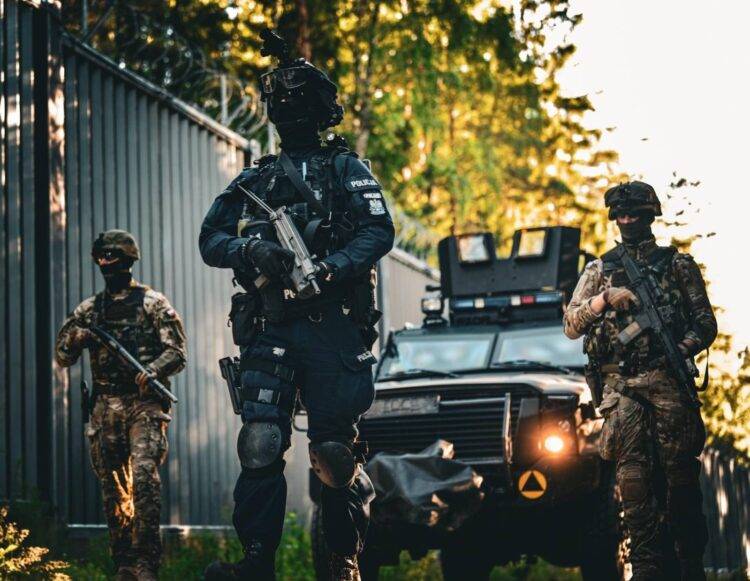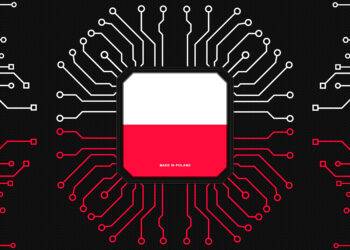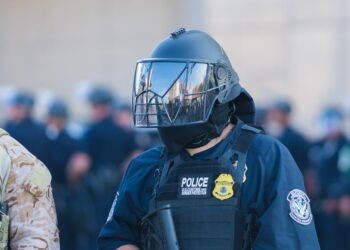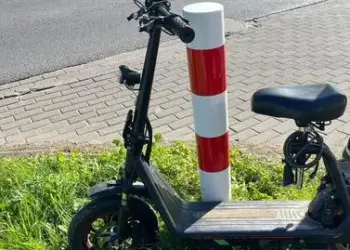The implementation of a buffer zone along Poland’s border with Belarus has yielded significant positive outcomes, including a notable decrease in illegal border crossing attempts, according to Major Katarzyna Zdanowicz, spokesperson for the Podlaskie Border Guard.
In a press conference held on Friday, Major Zdanowicz reported that the buffer zone, established on June 13 along approximately 60 kilometers of the Podlaskie Voivodeship border, has effectively reduced illegal crossings. “We have seen a reduction in the number of attempts to cross the border illegally,” Zdanowicz said, highlighting a drop from 3,900 attempts before the zone’s implementation to 1,700 in the three weeks following.
The zone spans 40 kilometers with a 200-meter-wide restriction from the border line, and in some parts, extends to 2 kilometers in width. Initially introduced for 90 days under an order from the Ministry of Interior and Administration, the zone strictly prohibits unauthorized presence.
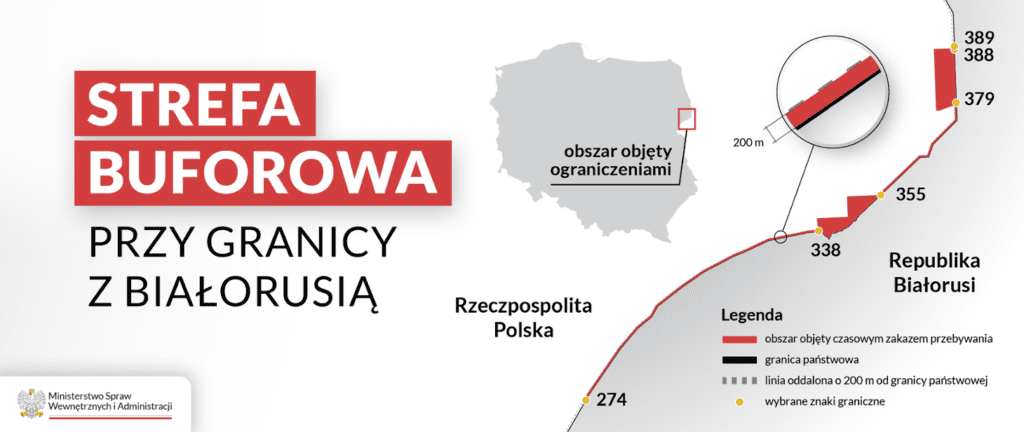
Impact on Human Traffickers and Monitoring Enhancements
A reduction in the activities of human traffickers, known as “wozaki” or couriers, has also been observed. “Before the zone’s introduction, we detained a trafficker daily. Since then, we have detained 14 individuals involved in organizing illegal crossings,” said Zdanowicz.
Moreover, Zdanowicz announced that the enhancement of the electronic barrier along the border is underway and expected to be completed by October 2024. This upgrade includes the installation of additional cameras and lighting to improve surveillance capabilities.
Media Access and Permissions
Media personnel and specific authorized individuals, including residents, farmers, and business operators, have been granted access to the buffer zone. Out of 68 permissions issued, 51 have been allocated to media representatives. “There is no issue with access; anyone interested in reporting can enter the zone,” Zdanowicz assured.
In response to queries about permissions for non-governmental organizations, Zdanowicz confirmed that six permits have been granted to Doctors Without Borders in the past three weeks.
Future Enhancements and Security Measures
A significant agreement for enhancing the electronic barrier was signed with Telbud SA, valued at over 125.2 million PLN. This system, already operational across 206 kilometers of the border, will eventually cover the entire 247-kilometer stretch under the Podlaskie Border Guard’s jurisdiction.
Additionally, construction of the electronic barrier on the border rivers Świsłocz and Istoczanka is progressing. The project, contracted to Sprint SA for 85.7 million PLN, involves installing approximately 500 poles equipped with day-night and thermal imaging cameras along a 50-kilometer stretch.
Ongoing Physical Barrier Reinforcements
The electronic barrier complements the physical barrier erected in 2022, a 5.5-meter-high steel fence spanning 186 kilometers, which cost around 1.6 billion PLN. Plans to fortify this physical barrier are in place, addressing vulnerabilities exploited by migrants who attempt to bend the fence bars.
Conclusion
The buffer zone’s initial three weeks have demonstrated its effectiveness in curbing illegal border activities and strengthening Poland’s border security infrastructure. As enhancements to both electronic and physical barriers continue, the Podlaskie Border Guard remains committed to maintaining robust surveillance and security along the Poland-Belarus border.
The buffer zone on Poland’s eastern border with Belarus is a response to increased migratory pressures and geopolitical tensions. Since its implementation, the zone has served as a critical measure to deter illegal crossings and enhance border security, reflecting Poland’s proactive stance in managing its external frontiers.

